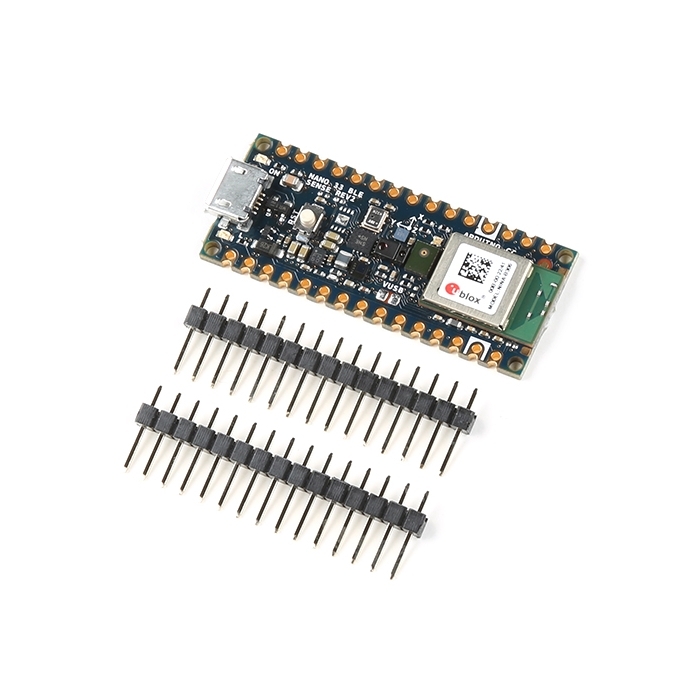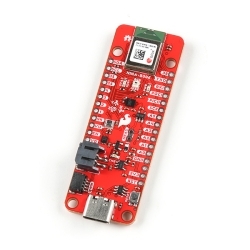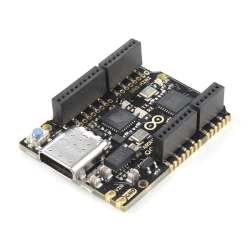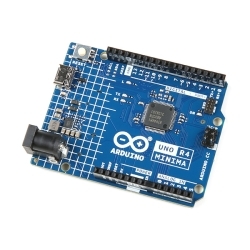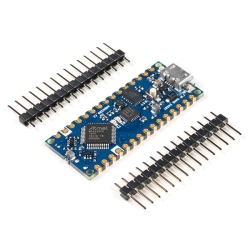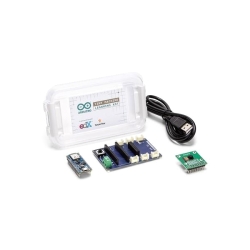Arduino Nano BLE Sense Rev2
Arduino Nano 33 BLE Sense is built around the NINA B306 module for BLE and Bluetooth 5 communication.
Product Overview
The Arduino Nano 33 BLE Sense is an evolution of the traditional Arduino Nano, but featuring a lot more powerful processor, the nRF52840 from Nordic Semiconductors, a 32-bit ARM® Cortex™-M4 CPU running at 64 MHz. This will allow you to make larger programs than with the Arduino Uno (it has 1MB of program memory, 32 times bigger), and with a lot more variables (the RAM is 128 times bigger). The main processor includes other amazing features like Bluetooth® pairing via NFC and ultra low power consumption modes.
The main feature of this board, besides the impressive selection of sensors, is the possibility of running Edge Computing applications (AI) on it using TinyML. You can create your machine learning models using TensorFlow™ Lite and upload them to your board using the Arduino IDE.
Its architecture, fully compatible with Arduino IDE Online and Offline, has a 9 axis Inertial Measurement Unit (IMU), temperature, pressure, humidity, light, color and even gestures sensors that are managed through our specialized libraries. Its reduced power consumption, compared to other same size boards, together with the NANO form factor opens up a wide range of applications.
This allows the design of wearable devices and gesture based projects that need to communicate to other devices at a close range. Arduino Nano 33 BLE Sense is ideal for interactive automation projects thanks to the multiprotocol BT 5.0 radio.
Features & Specs
- Microcontroller: nRF52840
- Operating Voltage: 3.3V
- Input Voltage (limit): 21V
- DC Current per I/O Pin: 15mA
- Clock Speed: 64MHz
- CPU Flash Memory: 1MB
- SRAM: 256KB
- EEPROM: None
- Digital Input/Output Pins: 14
- PWM: All digital pins
- Interfaces: 1 UART, 1 SPI, 1 I2C
- Analog Input Pins: 8 (ADC 12 bit 200 k samples)
- Analog Output Pins: Only through PWM (no DAC)
- External Interrupts: All digital pins
- LED_BUILTIN: 13
- USB: Native in the nRF52840 Processor
- IMU: BMI270 & BMM150
- Microphone: MP34DT05
- Gesture, Light, Proximity, Color: APDS9960
- Barometric Pressure: LPS22HB
- Temperature, Humidity: HTS3003
- Dimensions: 45x18mm
- Arduino Part #: ABX00069
Customer Reviews


